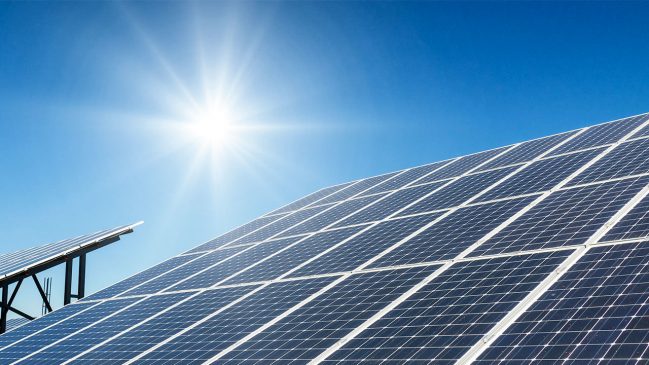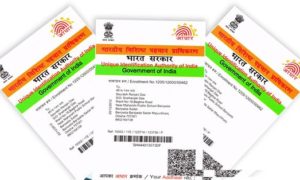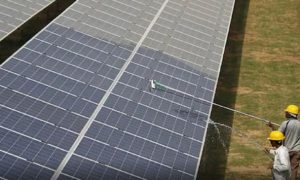Even though the diversity in India’s geography allows the country to be the most valuable player in the field of renewable energy generation, certain hiccups in the beginning is making India trail. The country has set an ambitious target of 280 GW capacity in solar energy by 2030.
New Delhi: The Ministry of New and Renewable Energy (MNRE) will review the status of solar parks where developers have failed to make significant progress and may even cancel their allocations, two officials aware of the development told the Mint. The report says, as of June 30, a total of 61 solar parks with 40GW capacity were approved under the scheme ‘Development of Solar Parks and Ultra Mega Solar Power Projects’, out of which only 10GW has been commissioned.
Let’s Dive Deeper
What Are Solar Parks And Where Can You Find Them In India?
A solar park is a concentrated zone of development of solar power generation projects. It provides developers an area that is well characterized, with proper infrastructure and access to amenities and where the risk of the projects can be minimized. It can look advantageous in one way. Individual solar projects, usually of a smaller capacity, incur significant expenses while setting up. The site needs to be developed, separate transmission lines need to be drawn, seamless water availability should be ensured, apart from the infrastructural work that is required.
A solar park, on the other hand, comes in read-to-use condition wherein the required area and necessary infrastructure are provided. Such parks are also exempted from environmental impact assessment.
An April report of the Business Line says India ranks 4th in the world behind China, the United States, and Germany, in solar energy generation globally.
Union Minister for New and Renewable Energy, R.K. Singh, in a written reply in the Parliament stated that the 61 sanctioned solar parks are spread across 16 states, with 10 being in Rajasthan alone with a total capacity of 7.036 GW. In fact, Rajasthan’s Bhadla Solar Park is the largest solar park in the world as on date with a capacity of 2,245 MW. Spread across 5,700 hectares, the park is located at Bhadla village in Jodhpur district.
With a total sanctioned capacity of 12.025 GW across 7 solar parks, Gujarat leads the race followed by Rajasthan, Madhya Pradesh, Andhra Pradesh and Uttar Pradesh, according to the Mint.
Why Govt May Cancel Allocations To Some Solar Parks?
The Parliamentary Standing Committee on Energy has expressed disappointment over the slow progress of solar parks. Only eight out of the 50 proposed solar plants were developed during the period 2015-20. The ministry has responded to the panel saying it is making concerted efforts to achieve the target of 40 GW capacity by 2023-24.
Even though the Parliament has approved 40 GW capacity under “Development of Solar Parks and Ultra Mega Solar Power Projects”, only 10 GW has been commissioned.
“The government may review the parks which have not done very well… and also look at whether we want to cancel those to free up capacities”, the Mint reported quoting a source.





































